Gardener Whetstone: Your Essential Tool for a Flourishing Garden
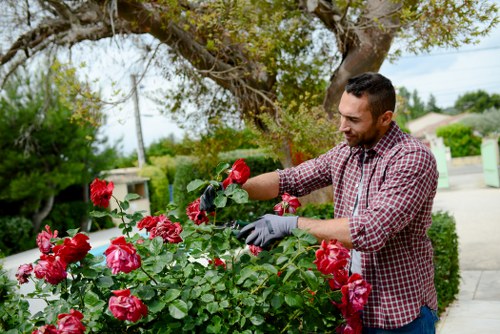
Gardening is a rewarding hobby that brings beauty and life to any space. Whether you're a seasoned gardener or just starting out, having the right tools is essential for success. One tool that often gets overlooked but is incredibly valuable is the gardener whetstone.
A whetstone, also known as a sharpening stone, is primarily used to hone and sharpen garden tools. Keeping your tools sharp not only makes gardening tasks easier but also ensures that plants are handled gently, reducing damage.
In this article, we'll explore the importance of a gardener whetstone, how to use it effectively, and why it's a must-have for any gardening enthusiast.
The Importance of a Gardener Whetstone
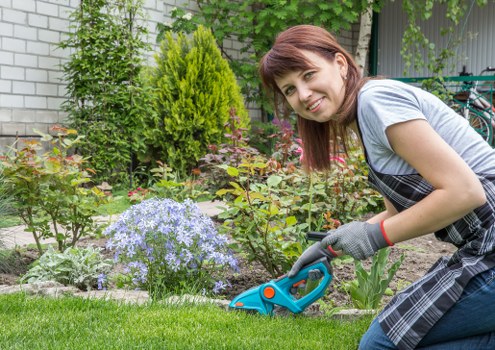
Maintaining sharp garden tools is crucial for several reasons. Dull tools can be more dangerous to use, as they require more force and can slip more easily. Sharp tools provide clean cuts, which are better for plant health and can prevent diseases from spreading.
Using a whetstone helps prolong the life of your tools. Regular sharpening removes small amounts of metal, keeping blades in good condition and preventing rust and corrosion. This not only saves you money in the long run but also ensures your tools remain effective season after season.
Moreover, a whetstone promotes eco-friendly gardening practices. By maintaining your tools, you reduce the need for frequent replacements, minimizing waste and the demand for new resources.
Types of Gardener Whetstones
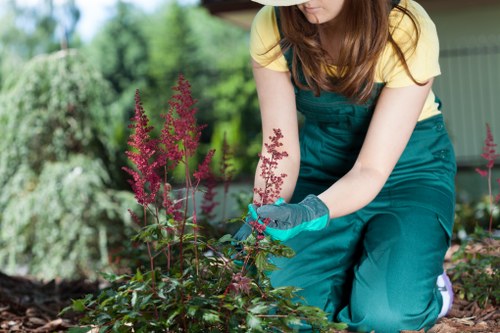
Gardener whetstones come in various types, each suited for different sharpening needs. Understanding the differences can help you choose the best stone for your tools.
- Water Stones: These stones require soaking in water before use and provide a fine edge. They are excellent for precise sharpening and maintaining tool edges.
- Oil Stones: These stones use oil as a lubricant and are durable, making them suitable for heavier tools like axes and machetes.
- Diamond Stones: Known for their longevity, diamond stones offer rapid sharpening and are ideal for removing nicks and restoring damaged edges.
- Ceramic Stones: These stones can be used dry or with water and are perfect for finer honing after using a coarser stone.
How to Use a Gardener Whetstone
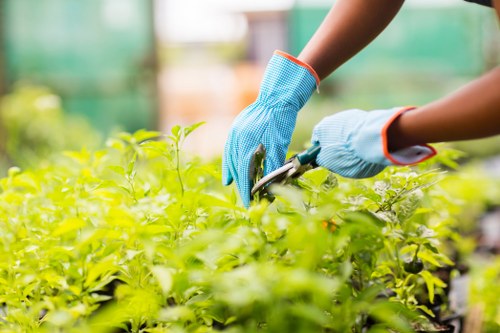
Using a whetstone properly ensures that your tools are sharpened correctly and safely. Here's a step-by-step guide:
- Prepare the Stone: Soak a water stone in water for about 15 minutes before use. Oil stones should be lubricated with a few drops of oil.
- Secure the Tool: Hold the tool firmly or secure it in a vise to keep it stable during sharpening.
- Angle the Blade: Maintain a consistent angle, usually around 20 degrees, between the stone and the blade.
- Sharpen: Move the blade across the stone in a sweeping motion, covering the entire edge. Repeat this process several times until a sharp edge is achieved.
- Hone and Polish: Use a finer grit stone or a ceramic hone to refine the edge, ensuring it is smooth and precise.
- Clean the Tool: Wipe the blade to remove any metal filings and apply a light coat of oil to prevent rust.
Benefits of Regular Sharpening
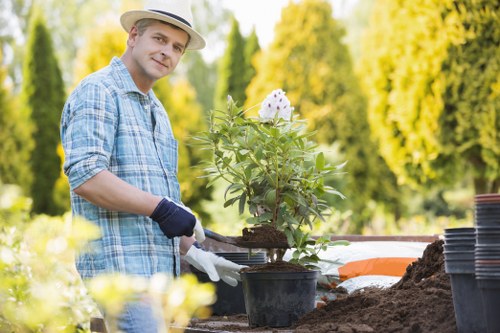
Regularly sharpening your garden tools with a whetstone offers numerous benefits:
- Enhanced Performance: Sharp tools make gardening tasks quicker and more efficient, reducing fatigue.
- Improved Safety: Sharp tools are less likely to slip, decreasing the risk of accidents.
- Better Plant Health: Clean cuts minimize damage to plants, promoting faster healing and reducing the spread of diseases.
- Cost-Effective: Maintaining your tools extends their lifespan, saving you money on replacements.
- Environmental Impact: By keeping tools in good condition, you contribute to sustainability and reduce waste.
Choosing the Right Whetstone for Your Needs
When selecting a whetstone, consider the following factors to ensure you choose the best option for your gardening tools:
- Tool Type: Different tools may require different stones. For example, pruning shears and knives may benefit from finer stones, while axes and machetes might need coarser stones.
- Expertise Level: Beginners might prefer user-friendly stones like water or oil stones, whereas experienced gardeners may opt for diamond stones for their durability and efficiency.
- Maintenance: Some stones require more upkeep, such as regular soaking or oiling. Choose a stone that fits your maintenance preferences.
- Budget: Prices vary based on material and quality. Invest in a good-quality stone that fits your budget and long-term needs.
Maintaining Your Whetstone
To ensure your whetstone remains effective, proper maintenance is essential:
- Cleaning: After each use, rinse the stone with water (for water stones) or wipe it with a cloth (for oil stones) to remove metal filings and debris.
- Flattening: Over time, stones can develop uneven surfaces. Use a flattening stone or a lapping plate to maintain a flat surface.
- Storage: Keep your whetstone in a dry place to prevent rust and degradation. Using a protective cover can help preserve its condition.
- Regular Inspection: Periodically check for cracks or excessive wear and replace the stone if necessary to ensure optimal performance.
Common Mistakes to Avoid
Sharpening tools with a whetstone can be straightforward, but avoiding common mistakes ensures better results:
- Inconsistent Angles: Maintaining a consistent angle is crucial for an even edge. Use angle guides if necessary.
- Skipping the Honing Step: Honing with a finer stone refines the edge and should not be skipped.
- Applying Too Much Pressure: Let the stone do the work. Excessive pressure can lead to uneven sharpening and damage the blade.
- Ignoring Safety Precautions: Always wear protective gloves and eyewear to prevent injuries from metal filings.
- Not Cleaning the Stone: Regular cleaning prevents buildup that can impede sharpening efficiency.
Local Areas Near Whetstone for Gardeners
If you're located near Whetstone, you're in luck! The surrounding areas offer a wealth of resources and amenities for gardening enthusiasts:
- Greenfield Gardens: Just 2 miles from Whetstone, this community garden offers plots for local gardeners and workshop sessions on tool maintenance.
- Sunnyvale Park: Located 3 miles away, Sunnyvale Park features extensive walking trails and seasonal plant displays.
- Brookside Nursery: 4 miles from Whetstone, Brookside offers a wide variety of plants, tools, and expert gardening advice.
- Oakridge Farmers Market: At 5 miles away, this market provides fresh produce and a place to connect with fellow gardeners.
- Lakeside Community Center: Situated 6 miles from Whetstone, it hosts gardening classes and tool sharpening demonstrations.
- Meadowbrook Arboretum: 7 miles distant, this arboretum is perfect for plant enthusiasts to study various species and gardening techniques.
- Hilltop Hardware: Located 8 miles away, Hilltop Hardware has a dedicated gardening section with whetstones and other essential tools.
- Riverbend Recycling: At 9 miles from Whetstone, they offer a recycling program for old tools, promoting sustainable gardening practices.
- Pinecrest Landscaping: 10 miles away, Pinecrest provides landscaping services and tool maintenance for larger gardens and estates.
- Maplewood Botanical Gardens: Situated 11 miles from Whetstone, this botanical garden offers inspiration and relaxation for gardeners.
Conclusion
Investing in a gardener whetstone is a wise decision for anyone passionate about gardening. It ensures your tools remain sharp, safe, and effective, ultimately enhancing your gardening experience. By understanding how to choose, use, and maintain a whetstone, you can prolong the life of your tools and contribute to healthier, more vibrant plants.
Whether you're tending to a small backyard garden or managing a larger landscape, a whetstone is an invaluable addition to your gardening toolkit. Embrace the benefits of regular tool maintenance and enjoy the fruits of your labor with precision and ease.
Frequently Asked Questions
- 1. How often should I sharpen my garden tools with a whetstone?
It's recommended to sharpen your garden tools at least once a season or whenever you notice that they are becoming dull. Regular maintenance ensures optimal performance and longevity.
- 2. Can I use a whetstone on all types of garden tools?
Yes, most garden tools can be sharpened using a whetstone, including pruners, shears, knives, and even some axe heads. However, the type of whetstone and sharpening technique may vary based on the tool.
- 3. What grit should I use for sharpening garden tools?
The grit of the whetstone depends on the condition of the tool. Coarse grits (200-400) are suitable for repairing damaged edges, medium grits (800-1000) for regular sharpening, and fine grits (3000 and above) for honing and polishing the edge.
- 4. Do I need to lubricate the whetstone?
Yes, different whetstones require different lubricants. Water stones need to be soaked in water before use, oil stones require a light coating of oil, and diamond stones generally do not require any lubrication.
- 5. How do I know if my tools are sharp enough?
A sharp tool will cut cleanly and easily without excessive force. You can also perform a simple test by carefully trying to slice through a piece of paper; if the tool slices smoothly, it's adequately sharp.